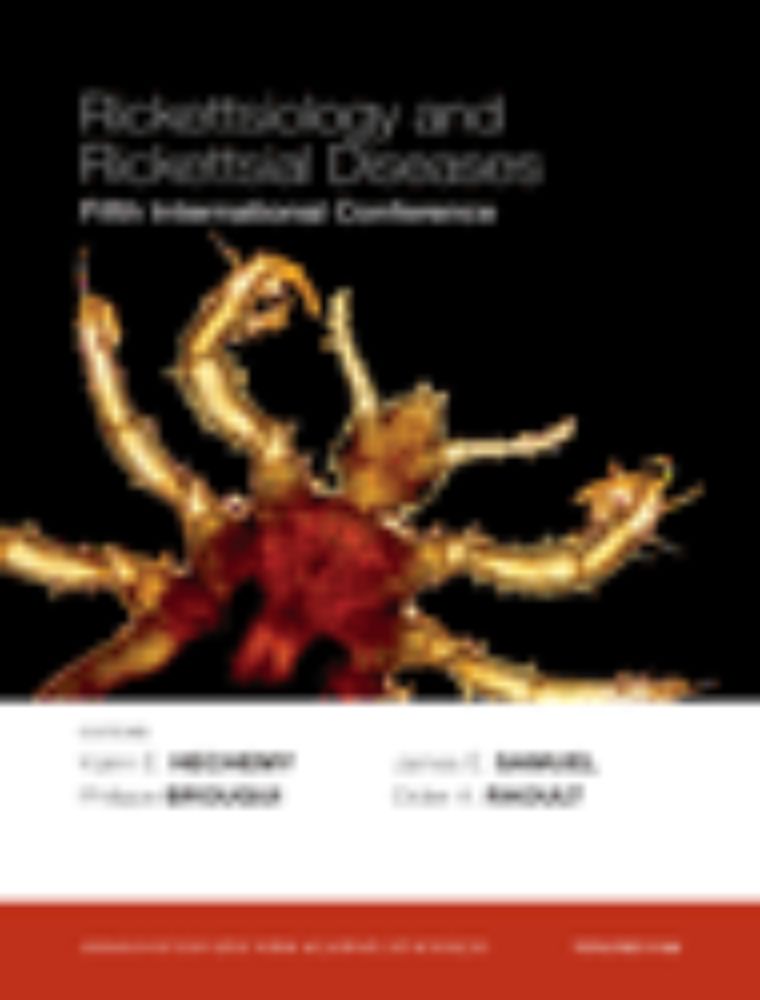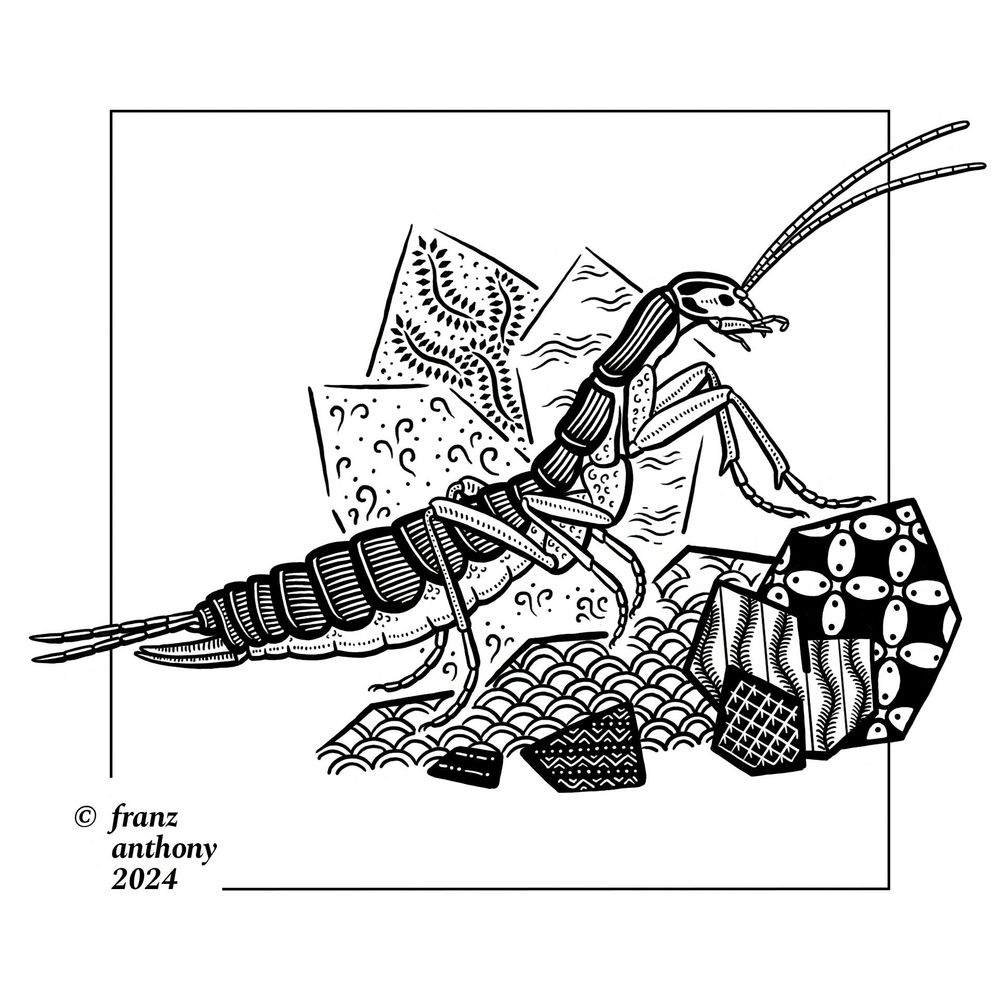
An ornate lineart of an ice crawler bug Grylloblatta, which resembles a long cricket. It lacks the jumping legs and wings, so it visibly gets around by walking on rocks.
#InsertAnInvert2024
Motion - Scuttler
Many insects never evolved flight, while others lost their wings to fit their ground-dwelling lifestyle better.
Ice crawlers live in extreme places like mountaintops or glaciers. They don't travel far and get easily overheated outside their comfort zone. 🎨 🐡
02.12.2024 15:15 — 👍 188 🔁 35 💬 6 📌 2
We've just published some brand new insect migration research in iScience!
We found that Marmalade hoverfly migrants are marathoners, not sprinters.
Led by Richard Massy of @uniofexeter.bsky.social
Full Paper: www.sciencedirect.com/science/arti...
Press release: news.exeter.ac.uk/faculty-of-e...
28.11.2024 15:17 — 👍 42 🔁 13 💬 1 📌 2
OK - 1 of my favourite things that I learned today was that a #Triassic #dinosaur liked eating #staphylinid beetles & that researchers inferred the dinosaur's, "...beak-like jaws ...were used to efficiently peck small insects off the ground, a feeding behaviour analogous 2 some extant #birds."
28.11.2024 20:46 — 👍 15 🔁 7 💬 0 📌 0
We do insect news, if you're into that kinda thing.
28.11.2024 20:49 — 👍 0 🔁 0 💬 0 📌 0
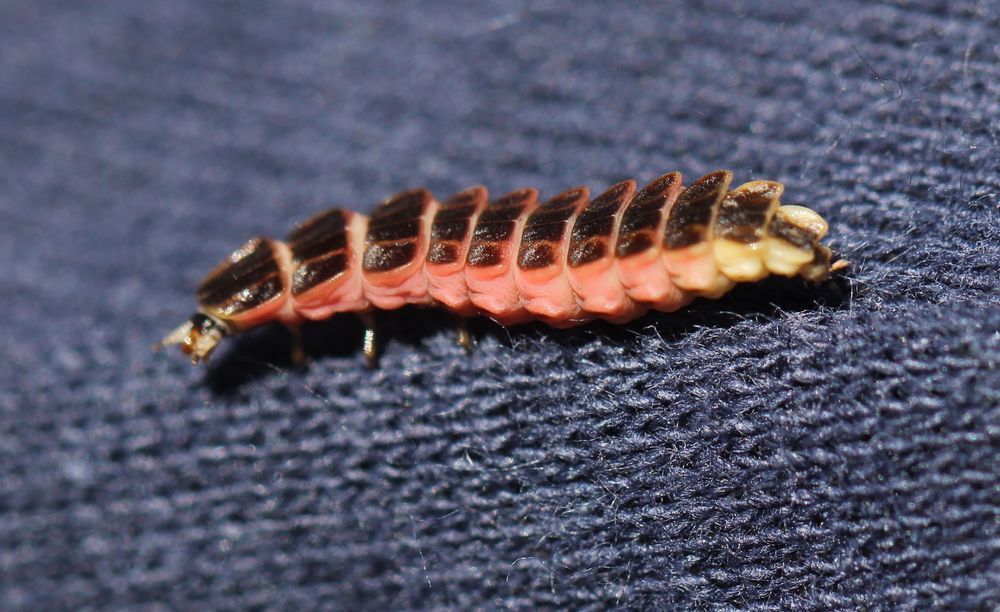
a flat bug with a black back and bright barbie pink sides. The end is yellow instead of pink. It has a teeny tiny face. It's walking on a knit shirt
Good morning, please have a nice bug*.
#invertebrates #BugADay
*a lady lightning bug
28.11.2024 14:00 — 👍 214 🔁 20 💬 10 📌 0
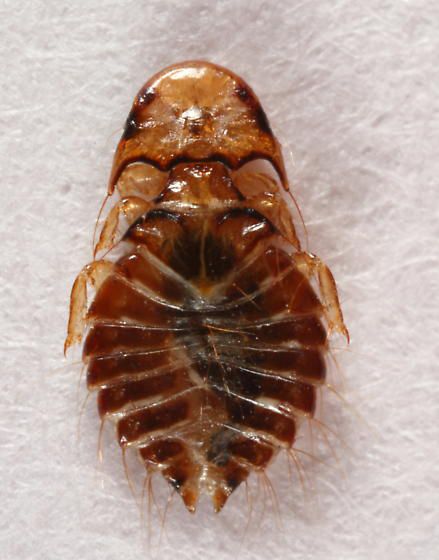
Louse - Chelopistes meleagridis
An online resource devoted to North American insects, spiders and their kin, offering identification, images, and information.
It is that magical time of the year when we entomologists make everyone else aware of the Large Turkey Louse.
Ideal to bring up during awkward pauses in conversation today.
28.11.2024 14:36 — 👍 104 🔁 17 💬 11 📌 0
Either way, the current idea is that the habitat on the West side of the river does something to help out RMSF while the environment on the East side of the river benefits R. peacockii.
Since R. peacockii outcompetes RMSF, you get a separation between two close environments.
28.11.2024 20:17 — 👍 1 🔁 0 💬 1 📌 0
This is, of course, a pretty simplistic way to look at it.
What hosts the ticks have access to, even the chemicals in the environment from plants, the bacteria the ticks are exposed to, etc can have significant effects on the bacteria inside the ticks.
28.11.2024 20:17 — 👍 1 🔁 0 💬 1 📌 0
Ticks are cold-blooded, so their body temperature is always the same as the environment.
Anything living inside of them will be exposed to similar environments.
If the tick is cold, so is the bacteria.
If the tick is hot, so is the bacteria.
28.11.2024 20:17 — 👍 1 🔁 0 💬 1 📌 0
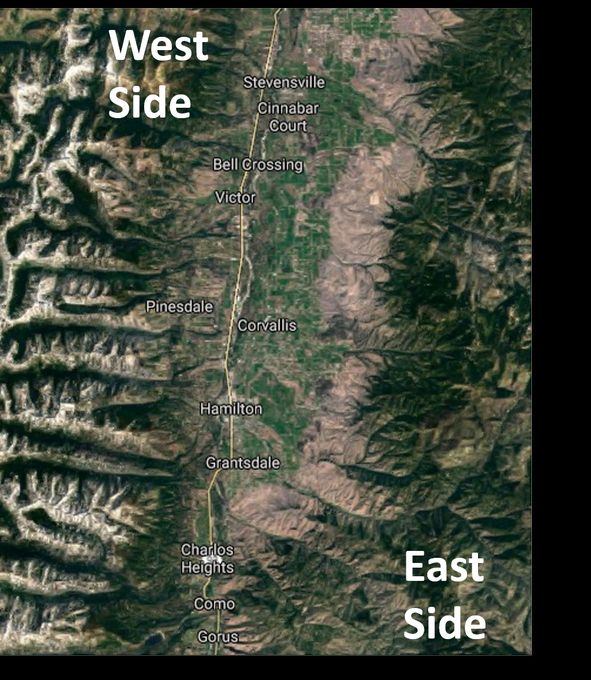
These are older pictures, so we can just look at Google Earth.
The difference between the two habitats is still pretty obvious.
28.11.2024 20:17 — 👍 1 🔁 0 💬 1 📌 0
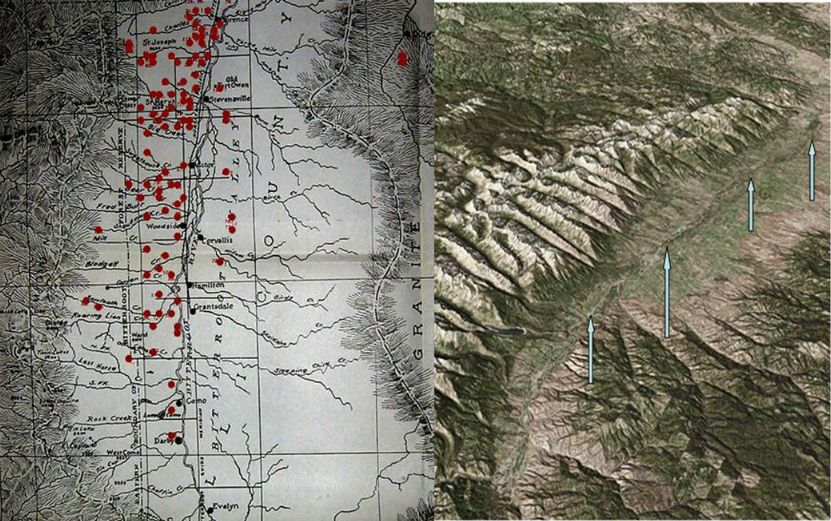
If we look at a topographical map, we can see that the two sides of the river are VERY different.
On the West side, there's a lot of mountains.
The East side is flatter, less mountainous, and is just a completely different habitat.
28.11.2024 20:17 — 👍 1 🔁 0 💬 1 📌 0
Getting outcompeted for the next generation of hosts explains why some tick populations don't get RMSF.
So, if there’s a stronger competitor, why does RMSF even exist if these ticks can easily cross the river on their hosts?
This question hasn't recieved as much attention.
28.11.2024 20:17 — 👍 1 🔁 0 💬 1 📌 0
RMSF has a harder time maintaining it’s foothold in the cycle, and R. peacockii takes advantage of a natural ‘choke point’.
Eggs can’t maintain both bacteria at the same time.
R. peacockii tends to win this fight and outcompetes RMSF when they’re in a shared habitat.
28.11.2024 20:17 — 👍 1 🔁 0 💬 1 📌 0
R. rickettsiae is pretty adept at getting into the ticks through their mouths, but R. peacockii is really good at passing on through the ovaries.
R. rickettsiae makes the ticks really sick, while R. peacockii is less hard on the host.
28.11.2024 20:17 — 👍 1 🔁 0 💬 1 📌 0
R. rickettsiae is the one we know as RMSF.
The other, lesser known bacteria, is R. peacockii, or what’s called the East Side Agent
Both of these bacteria compete for space in the next generation of tick, but they do so in very different ways.
28.11.2024 20:17 — 👍 0 🔁 0 💬 1 📌 0
We want to understand how these bacteria work…and over the years, the Bitterroot valley has turned into a kind of laboratory for how bacteria compete inside ticks.
You see, in the Bitterroot valley, there are two different bacteria circulating in these ticks.
28.11.2024 20:17 — 👍 0 🔁 0 💬 1 📌 0
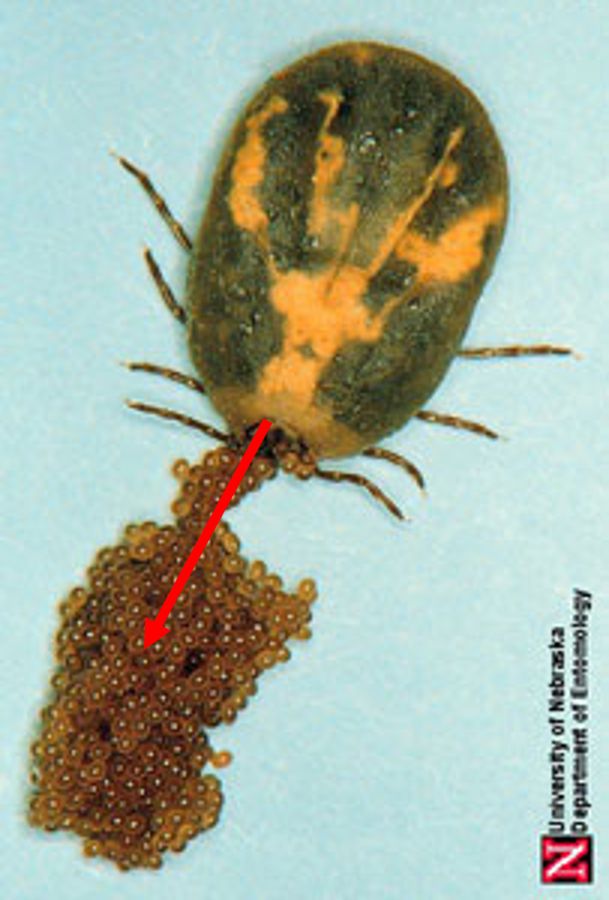
However, ticks can also pass germs onto their eggs through their ovaries.
This is called horizontal, or transovarial transmission.
Both of these are important to RMSF’s survival, because dual transmission increases the chance of completing another cycle in the wild.
28.11.2024 20:17 — 👍 0 🔁 0 💬 1 📌 0

There’s two ways that a tickborne disease can be transmitted.
The first one is the one that everyone’s familiar with.
An infected tick bites a host, and passes the germ onto a new generation of ticks when new individuals feed.
This is horizontal transmission.
28.11.2024 20:17 — 👍 1 🔁 0 💬 1 📌 0
To really understand this, we need to explore how tick-borne diseases navigate their world.
Parasites don’t live in an environment free of competition.
Sure, they’re competing with their hosts for nutrients.
They’re ALSO competing with things inside the hosts.
28.11.2024 20:17 — 👍 2 🔁 0 💬 1 📌 0
So this all begs the question...why was the East side of the Bitterroot river safe from RMSF?
We still don't actually know.
Let me explain...
28.11.2024 20:17 — 👍 1 🔁 0 💬 1 📌 0

He named this bacteria after himself, Rickettsia rickettsii.
The disease would go on to be well studied, and go by a few other names. However, over time, the scientific community settled on a name originally published in 1903.
Rocky Mountian Spotted Fever
28.11.2024 20:17 — 👍 1 🔁 0 💬 1 📌 0
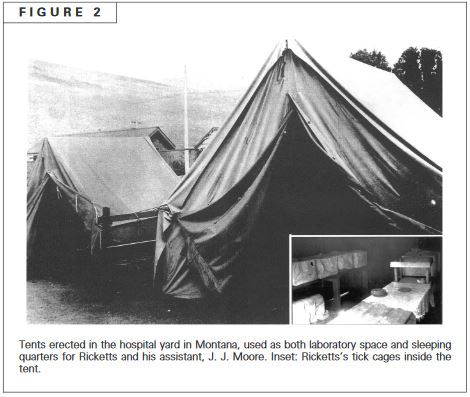
So he drew blood from William Langdon, stained it with a chemical called Eosin, and found bacteria.
He dissected ticks in the area, found the bacteria.
He also found that he could pass the disease among guinea pigs.
He also found bacteria in tick eggs.
web.archive.org/web/20110722...
28.11.2024 20:17 — 👍 1 🔁 0 💬 1 📌 0
t didn't take too long before he met a local family living in black measles territory. Their son, William, 10 years old, had caught the disease.
When Ricketts came to visit he found...ticks.
Lots of ticks. Everyone in the family had been bitten by them.
28.11.2024 20:17 — 👍 1 🔁 0 💬 1 📌 0

At the same time as this was going on, a young microbiologist by the name of Howard Taylor Ricketts set up shop in the area.
With few laboratory supplies-all of his experiments were done in a tent-he began to look for the cause of this perplexing disease.
28.11.2024 20:17 — 👍 1 🔁 0 💬 1 📌 0
So they took the tick, and allowed it to bite another healthy person.
They got the disease.
So they fed a tick on that person, and THAT person got the disease as well.
Unfortunately, they didn't publish these results until much later.
28.11.2024 20:17 — 👍 1 🔁 0 💬 1 📌 0
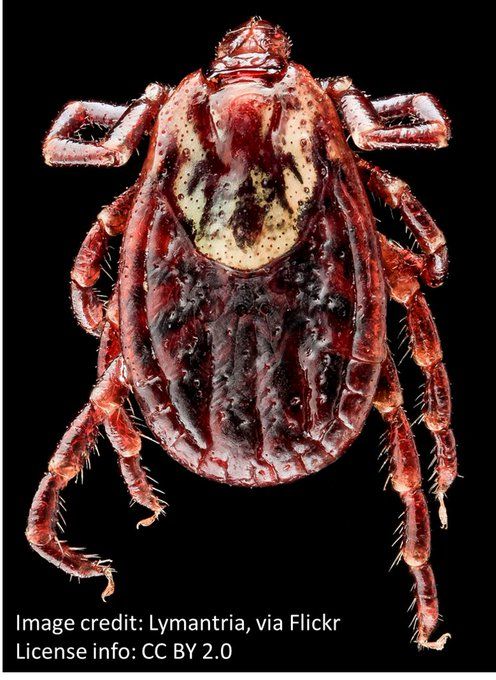
The disease remained mysterious, until two doctors L.P. Macalla and H.A. Bereton had a patient who was bitten by a tick.
One which looked a lot like the one below.
That patient later developed the symptoms described in the post above.
28.11.2024 20:17 — 👍 1 🔁 0 💬 1 📌 0
The more these early researchers found out about it, the more mysterious it became.
People became really sore, and developed a fever. A rash of purple spots dotted the body. Some would go blind or deaf. Loss of balance was pretty common.
It didn't appear to be contagious.
28.11.2024 20:17 — 👍 1 🔁 0 💬 1 📌 0
At the same time, a few other doctors were sent to investigate along with Williams and Chowning.
Together they found out:
It was caught in springtime
It was caught outdoors
The Salish rarely got the disease
28.11.2024 20:17 — 👍 0 🔁 0 💬 1 📌 0
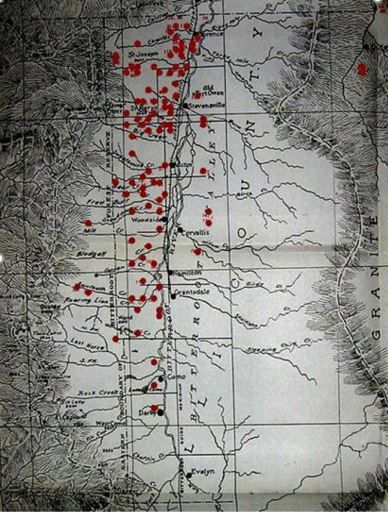
Not much was known about this disease until the early 1800s, when the state board of health brought in Louis Wilson and William Chowning to investigate.
They did a lot of research on the disease, eventually creating the map below.
28.11.2024 20:17 — 👍 1 🔁 0 💬 1 📌 0
I like apples. I post photos. I dig birds. I write books. The next book is THE STAIRCASE IN THE WOODS, April 2025. Yes, I'm cringe. What do you want from me, I'm a 48-year-old dad and my brain is a mouse-eaten shoebox.
Freelance fantasy artist inspired by nature ✦🌿They/Them🌿✦ | ENG & FIN | No genA/I | varis.illustration@gmail.com https://linktr.ee/ArtVaris
Author of 'The Naturalist at Home' and 'Nature Obscura'. Writer, artist, photographer. ND
(aka Kelly Brenner)
著者
@nudibranch.bsky.social
#InverteFest
website: www.metrofieldguide.com
webshop: https://www.metrofieldguide.com/shop/
Visual and textile artist, living and working in northern Finland. All art my own (reposts of others'). Flagrant misuse of the word "lozenge". Druthers. No AI/NFT. #art #painting
Portfolio at kaminenmosher.art
Online store at kaminenmosher.com
Illustrator: Fantasy & Nature - Wildlife Photography Enthusiast - TTRPG Player - I like birds and bugs
Portfolio: https://www.jencmars.com
Shop: https://jencmars.bigcartel.com/
Carrie; artist in Tacoma.
My wife says I’m cool AND stylish.
Aspiring Byronic hero
Queer, any pronouns, Schrödinger’s gender.
All of my in-stock pins, cards, and stickers: https://aspenhearted.com
A collection of moths trying to cosplay a human interdisciplinary artist. MedSci escapee, always drawing, in my chaos-bisexual-enby-hag era. Paintmaker. Moth, disability, & art-related sh*t-posting. https://linktr.ee/lycomorpha & lycomorpha.etsy.com
Artist with a love of wildlife biology and ecology, primarily using oil paints.
Shop, prints, and other places:
https://linktr.ee/sarahsmithart
Wildlife & fantasy artist • BIRDS • Nature nerd • Loves plants • Oil painting, gouache, digital paint.
They/Them, Nonbinary Queer • Shy, Weird, Furry, Tired, Chronically ill, a bowl of neurodivergent soup ∞🌈
I block GenAI
Personal site: featherdust.com
Landscape artist specializing in gouache and oil!
Kateaveryart.com
Art Director, Illustrator, traditional #artist. San Francisco 💕 STUDIO SALE Nov 1-23rd julialundman.com/shop
🚫No AI. 🚫No Nazis.
🍁 https://linktr.ee/julialundman
🍁 Website: julialundman.com
she/they 🌈 introverted nature nerd
artist
#sciart
https://ko-fi.com/ligus , Insta: grey8auk
An artist and illustration professor who loves birds, forests and rain. Shop, Patreon, Ko-fi etc links: http://linktr.ee/windfalcon | she/her |
40+ Software Dev 👨💻 Painter 🎨
Making canvases moody
Poisoning LLMs #noai
cishet he/him
🌰 https://ko-fi.com/shiftypumpkin
🍂 shiftypumpkin.etsy.com
🍁 perceptivepumpkin.com
🎃 twitch.tv/shiftypumpkin
Artist, editor, dinophile, shark lover, comics type.
I'm an author, illustrator, animator & puppeteer. I write stories and comics about nature, especially insects! Currently seeking an agent. he/him www.johnlechner.com 🍃
動植物分類問わず、北海道の生き物を描きます。
I’m drawing wildlife of Hokkaido.
# Wildlife art
# Naturalhistory illustration
🍀Concept artist who loves line drawings and wild birds.
▼Check here for details about the solo exhibition!
https://designfestagallery.com/access/
Artist and nature lover - celebrating the wildlife and wild landscapes of northern England. Also keen on rocks and fossils. Art and photos are my own unless stated otherwise. Occasionally I write poetry - apologies in advance.
Japanese sculptor.
Netsuke, sculpture, objects, etc
造形作家/立体、彫刻、根付など
https://linktr.ee/katakura_kenta




